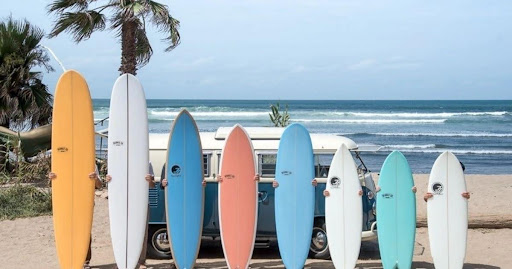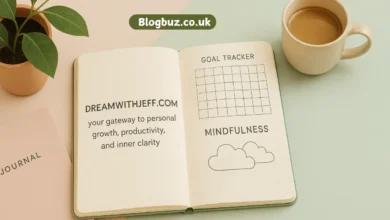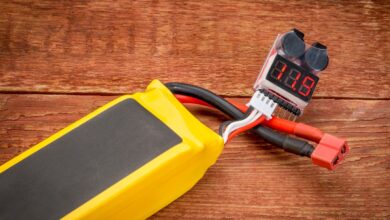How to Choose Your First Surfboard

Start with a longboard around 8ft+, it’s stable, easy to paddle, and great for learning. Choose something wide, thick, and soft-topped for safety.
You’re ready to surf, but you don’t know what board size or shape to start with. And honestly, it feels like everyone’s speaking a different language: longboard, fish, soft top, volume, rocker… It’s enough to make anyone second-guess their decision. But choosing your first board doesn’t have to be complicated or overwhelming. With a few clear pointers on what really matters for beginners, you can start with gear that supports your progress, not holds it back.
So, which board will actually help you catch your first wave, not wipe out trying?
1. Prioritize Size and Stability First
Forget shortboards for now. As a beginner, your top priority is stability—and that comes from a longer, wider board. Longboards (typically 8 to 9 feet long) or soft-top funboards offer a generous surface area, making it easier to paddle, catch waves, and stay balanced. When you’re not in the water, a reliable surf board holder will help store your board safely and protect its shape.
You’ll spend less time falling off and more time actually riding. That early confidence boost makes all the difference when you’re just starting out.
2. Focus on Volume, Not Just Length
Surfboard volume (measured in liters) tells you how much float a board provides. The more volume, the more buoyant and stable the board will be. For beginners, look for boards with at least 60 to 80 liters of volume depending on your weight and height.
Even two boards of the same length can feel completely different if one has more volume—so don’t overlook this detail. When you’re storing multiple boards, especially ones with varying volumes and shapes, using a reliable board rack helps keep them organised and protected between sessions.
3. Pick a Soft-Top for a Safer Start
When you’re starting out, bumps and falls are part of the process. A soft-top surfboard is covered in foam, which makes it safer for you and others in the water.
They’re also durable, forgiving, and widely used in surf schools. You won’t worry about dents or dings, and they hold up well in different conditions. Plus, soft-tops are budget-friendly and easier to resell when you’re ready to upgrade. Pair it with a basic wax case to keep your board grippy and beginner-ready every time you paddle out.
4. Match Your Board to Local Conditions
Your choice should reflect the kind of waves you’ll be surfing most often. If your local break has small, slow-rolling waves, a longboard or foamie will help you catch more of them. Surfing in faster or steeper beach breaks? Consider a shorter, wider board with more maneuverability. Check with a local surf shop or school—they’ll know what works best in your area.
5. Try a Mid-Length for Versatility
If you’re not sold on a longboard, a mid-length board—often called a funboard—is a great compromise. These boards are usually 7 to 8 feet long, giving you a mix of stability and easier turning.
They’re more maneuverable than a longboard but still offer enough surface area to help you learn. Many surfers stick with mid-length boards long after they’ve moved past the beginner stage.
6. Decide Between Buying New, Used, or Renting
Not sure you’re ready to commit? Renting is a solid option while you’re testing different shapes and sizes. If you know you’re sticking with it, soft-top boards are affordable new—and many surf schools sell their gently used boards at the end of each season.
If buying used, inspect the board carefully for soft spots, cracks, or water damage. A well-kept used board can save you money without sacrificing quality.
7. Get the Right Accessories
You’ll need more than just the board. Pick up:
- A leash that matches your board’s length
- Wax or traction pads for grip
- A wetsuit if you’re surfing in cold water
- A board bag for protection (optional but helpful)
These basics will keep you safe and comfortable as you learn.
8. Use a Beginner’s Checklist
Before you buy, make sure your first surfboard:
- Is at least 8 feet long (or 7 feet minimum for mid-length)
- Has 60+ liters of volume
- Is made with a soft-top or beginner-friendly construction
- Matches your local surf conditions
- Comes with a proper leash and wax
If it checks those boxes, you’re on the right track.
Set Yourself Up for Surfing Success
Choosing your first surfboard isn’t about chasing trends—it’s about setting yourself up to learn confidently. Many beginners grab shortboards thinking they’ll progress faster, but end up struggling to catch waves. The problem usually isn’t skill—it’s mismatched gear. A beginner-friendly board with plenty of volume and a soft top isn’t a compromise, it’s a tool to build your foundation.
As you improve, your board will change too. But for now, the goal is to enjoy the process and stay on your feet longer. A forgiving board means fewer wipeouts and more fun, which makes it easier to stick with the sport. Start simple, surf often, and know this first board is just your beginning.




